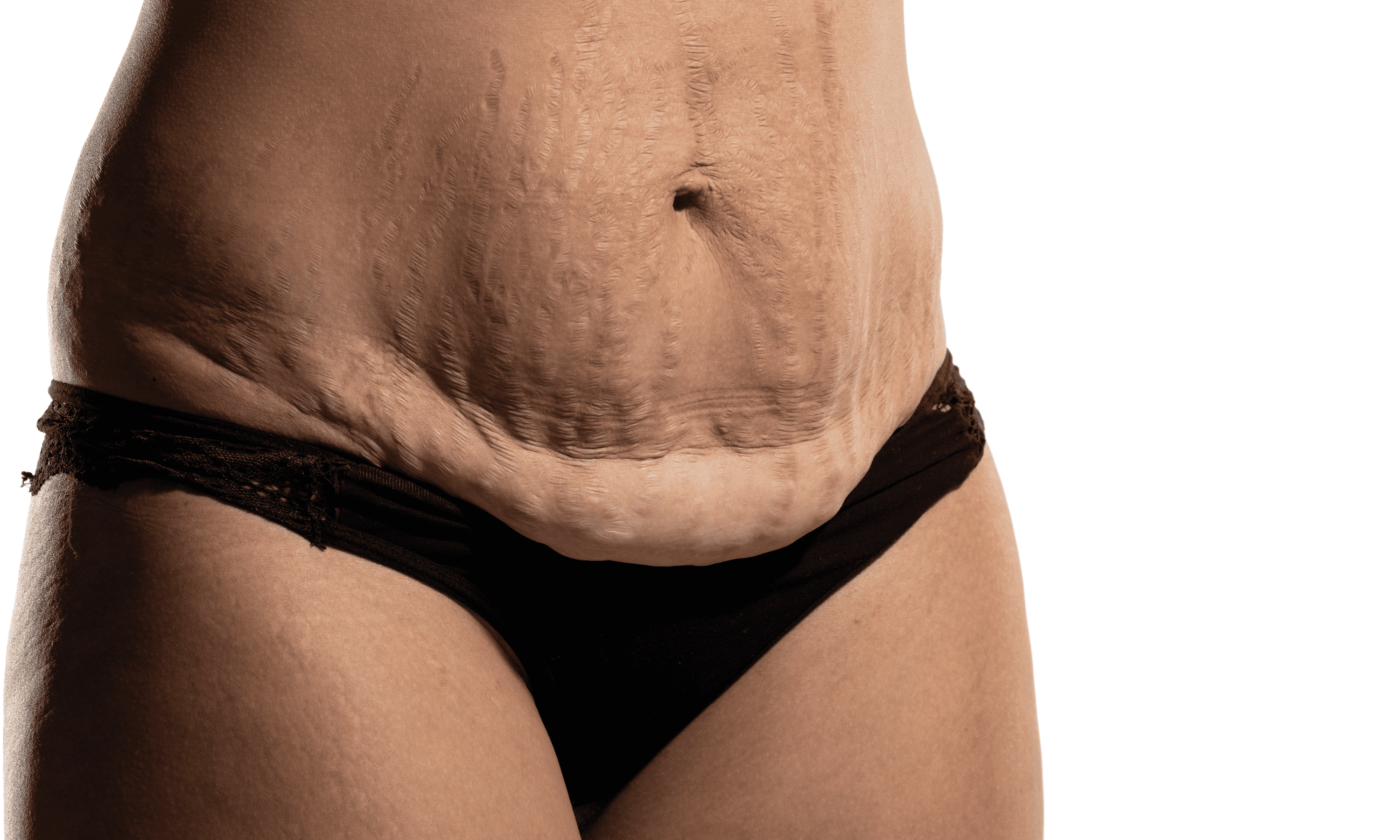
Understanding abdominoplasty: All you need to know about a tummy tuck
Are you considering a tummy tuck, medically known as abdominoplasty? This cosmetic surgical procedure aims to reshape and firm the abdomen by removing excess skin and fat. In this blog, we'll explore everything you need to know about abdominoplasty, from the reasons people opt for it to the recovery process. Whether you're seeking information about the candidacy criteria, potential risks, or the expected outcomes, this comprehensive guide will provide insights to help you make an informed decision about undergoing abdominoplasty.
Why abdominoplasty?
1. Post-pregnancy changes:
- One common reason for choosing a tummy tuck is to address post-pregnancy changes in the abdominal area.
- Many women notice weakened abdominal muscles and excess skin after childbirth.
2. Weight loss success:
- Individuals who have successfully lost a significant amount of weight may experience loose skin around the abdomen.
- People who have successfully lost a considerable amount of weight may struggle with excess skin around the belly area.
3. Aging effects:
- Aging can lead to a loss of skin elasticity, resulting in sagging skin around the midsection.
- The aging process can contribute to a reduction in skin elasticity, leading to sagging in the abdominal region.
How is the procedure performed?
1. Consultation and planning:
- A thorough consultation with a plastic surgeon is the first step, where your medical history and aesthetic goals are discussed.
- The initial step involves a comprehensive consultation with a plastic surgeon, where medical history and aesthetic objectives are thoroughly discussed.
2. Anesthesia and incisions:
- The surgery is performed under general anesthesia, and incisions are strategically made to access and remove excess skin and fat.
- The surgery takes place under general anesthesia, and incisions are strategically placed to allow access for the removal of excess skin and fat.
3. Muscle repair and contouring:
- In some cases, the underlying abdominal muscles may be tightened to create a firmer contour.
- Depending on the case, the surgeon may tighten the underlying abdominal muscles to enhance the overall contour.
4. Closing incisions and recovery:
- The incisions are closed, and the recovery process begins, including post-operative care and follow-up appointments.
- After closing the incisions, the recovery process commences, involving post-operative care and scheduled follow-up appointments.

Cost of Tummy Tuck surgery in 20 different countries (converted to euros)
A tummy tuck, also known as abdominoplasty, is a surgical procedure aimed at removing excess skin and fat from the abdomen and tightening the abdominal muscles. The cost of this surgery can vary significantly from one country to another due to factors such as local living standards, medical expenses, and the reputation of the surgeons. Here is an overview of the average costs of a tummy tuck in 20 countries around the world, converted to euros (EUR) for better comparison:
- United States: 6,000 - 12,000 EUR
- Canada: 5,000 - 10,000 EUR
- United Kingdom: 6,000 - 11,000 EUR
- France: 5,500 - 10,000 EUR
- Germany: 5,500 - 10,000 EUR
- Australia: 7,000 - 15,000 EUR
- Brazil: 3,000 - 7,000 EUR
- India: 2,500 - 6,000 EUR
- Singapore: 6,000 - 12,000 EUR
- South Korea: 5,500 - 10,000 EUR
- Japan: 6,000 - 12,000 EUR
- Turkey: 3,000 - 6,000 EUR
- Mexico: 2,500 - 5,500 EUR
- United Arab Emirates: 6,000 - 12,000 EUR
- South Africa: 3,000 - 7,000 EUR
- Russia: 3,500 - 7,000 EUR
- Spain: 5,500 - 10,000 EUR
- Italy: 5,500 - 10,000 EUR
- Netherlands: 5,500 - 10,000 EUR
- Switzerland: 6,500 - 13,000 EUR
These prices converted to euros are indicative and may vary based on the complexity of the procedure, the surgeon's reputation, the equipment used, and hospital fees. It is recommended to consult multiple specialists, understand the details of the surgery, and verify what is included in the total cost before making a final decision.

Questions to ask your surgeon before a Tummy Tuck
Patients considering a tummy tuck should ask their surgeon the following questions before the procedure:
- What are the different tummy tuck techniques available, and which one would be best suited for my case?
It is essential to understand the various surgical options for a tummy tuck and determine which option is the best fit for your specific needs. - What are the typical results of a tummy tuck, and what can I expect in terms of appearance and scarring?
Discuss the expected results of the tummy tuck with your surgeon, including changes in appearance and potential scarring, to have realistic expectations. - What are the potential risks and complications associated with a tummy tuck, and how can they be minimized?
Like any surgical procedure, a tummy tuck carries risks. It is important to talk to your surgeon about possible complications and preventive measures. - What is the recovery period after a tummy tuck, and what precautions should I take during this time?
It is crucial to understand how long the recovery will take after a tummy tuck and which activities should be avoided or limited during the healing period. - What is the cost of a tummy tuck, and what is included in this cost?
Ask your surgeon to provide a detailed breakdown of the costs associated with the procedure, including consultation fees, surgery, anesthesia, and follow-up visits. Make sure to also discuss any potential additional costs.
Asking these questions will help you make an informed decision about undergoing a tummy tuck. Ensure you maintain open communication with your surgeon to develop a treatment plan that meets your aesthetic and medical needs.

